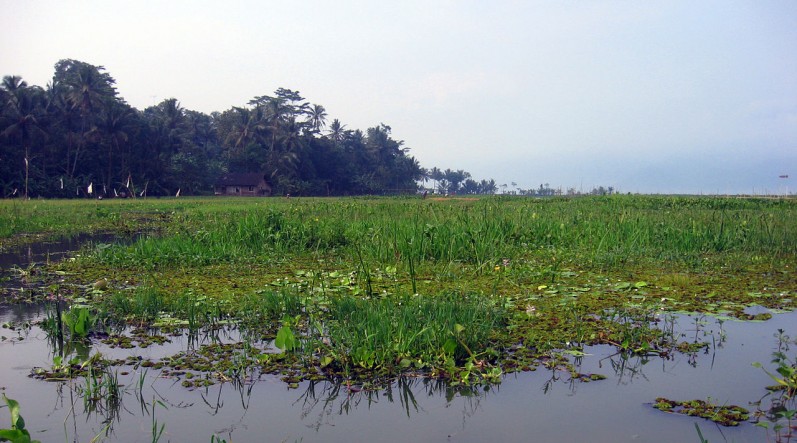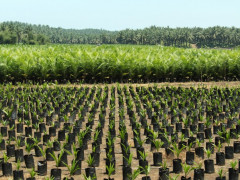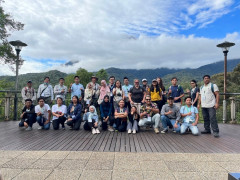The Integration of Social and Ecological Aspects in Peatland Utilization
By PantauGambutThe Benefits of Purun for Communities in Peatland Ecosystems
Most peatlands in Indonesia, particularly in Kalimantan and Sumatra, are swamps with stagnant water throughout the year. These swamps contain highly essential nutrients that allow many plants to grow.
One of the plants that grows wild in peatland is purun, a tall swamp grass commonly used for weaving. Purun is similar to pandan, which also grows in swamp areas, and is flammable in dry conditions due to the methane reaction of peat. With colors ranging from gray to green, purun has a long narrow leaf and symmetrical reddish end.
Until now, women in peatland areas such as South Sumatra, Jambi, and South Kalimantan use purun to make handicrafts. Unfortunately, most communities outside of peatland areas are not familiar with purun handicrafts and view synthetic mats as more practical and affordable.
Women in peatlands harvest purun during the day when the water subsides, and then cut it with a chopping knife and sickle. Next they clean the plant by cutting off the base and tip before drying it in the sun. Once dried, the purun is pounded with a wooden stick and colored by being soaked in boiling water with dye made from sap or fruit peels. After the leaves have changed colour, they turn into fibers, which can be woven and shaped into various products, including mats, bags, wallets, and sandals.
Purun handicrafts usually take two to four days to make, and can be sold for 20–75 thousand rupiah ($1.50–$5.50 USD). The price of a mat depends on its size and pattern. Most purun mats are 1.5 m x 50 cm. Weaving with purun is a tradition passed down from mother to daughter, starting around the age of 10, in peatland areas.
In addition to its economic benefits, purun can also be used in organic fertilizers that improve soil fertility in peatlands. A fertilizer of purun and limestone provides substantial nutrients in remote peatlands, allowing other plants, such as corn, to grow well.
Furthermore, purun that grows in waterways improves the water quality during the dry season by absorbing toxic chemicals such as iron, lead, and mercury. The high water content inside purun also helps prevent, mitigate, and minimize peatland fires.
In the past, almost all wet shallow peatland was inhabited by purun plants, so the water was cleaner, the land was protected from fire, and the community could easily obtain the material for handicrafts. However, since many peatland areas have been converted into palm oil plantations, the land has become drier, and it is more difficult for local craftswomen to find purun. In some places, craftswomen have had to resort to paddling a boat to other areas to buy purun at a high price.
The abundant benefits of purun are definitely worth maintaining. This can be done by protecting peatland from land conversions, which seem to be increasing. Let’s protect peatlands by monitoring the government’s commitment, supporting efforts to restore peatlands, and sharing stories about peatlands here!




